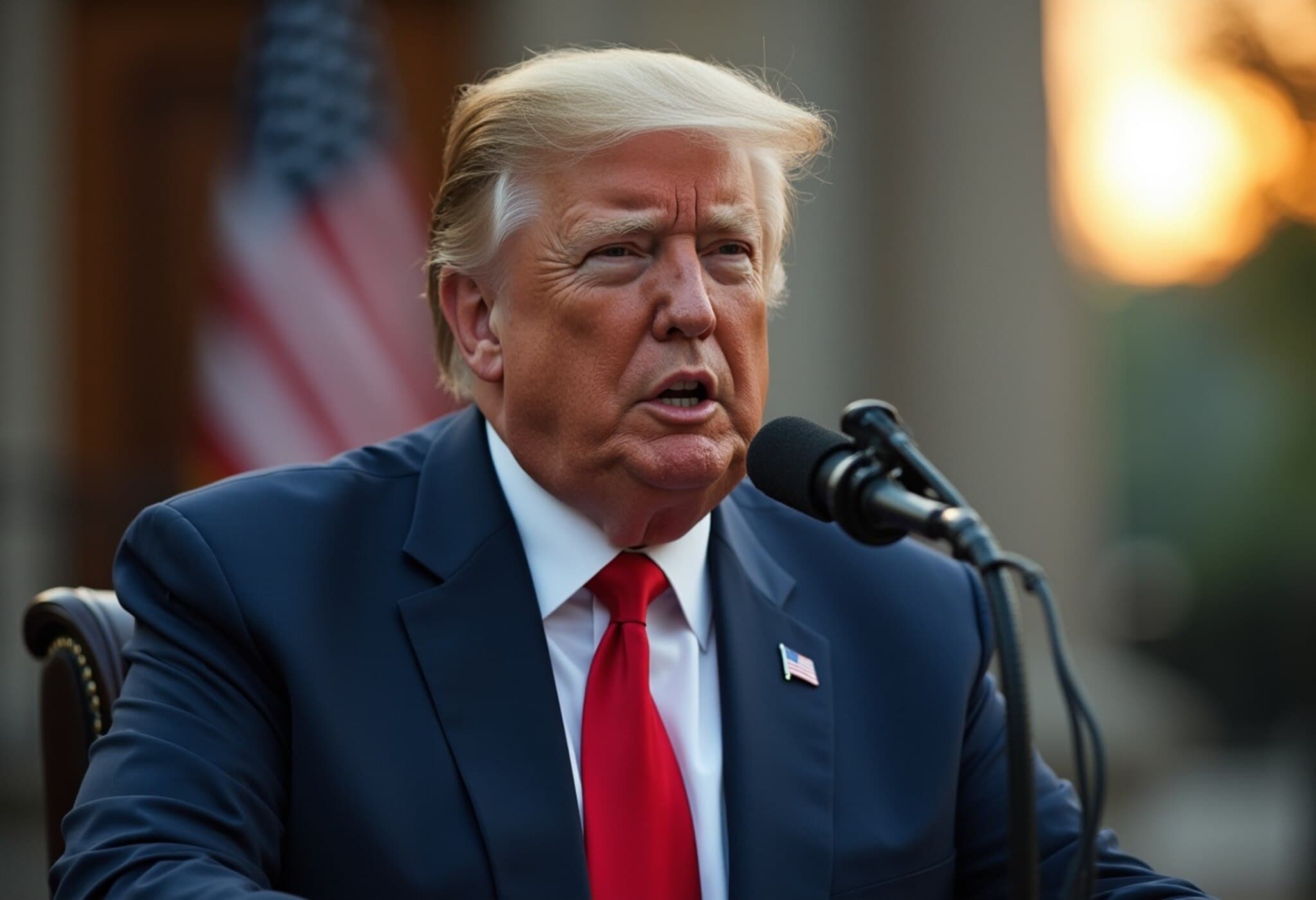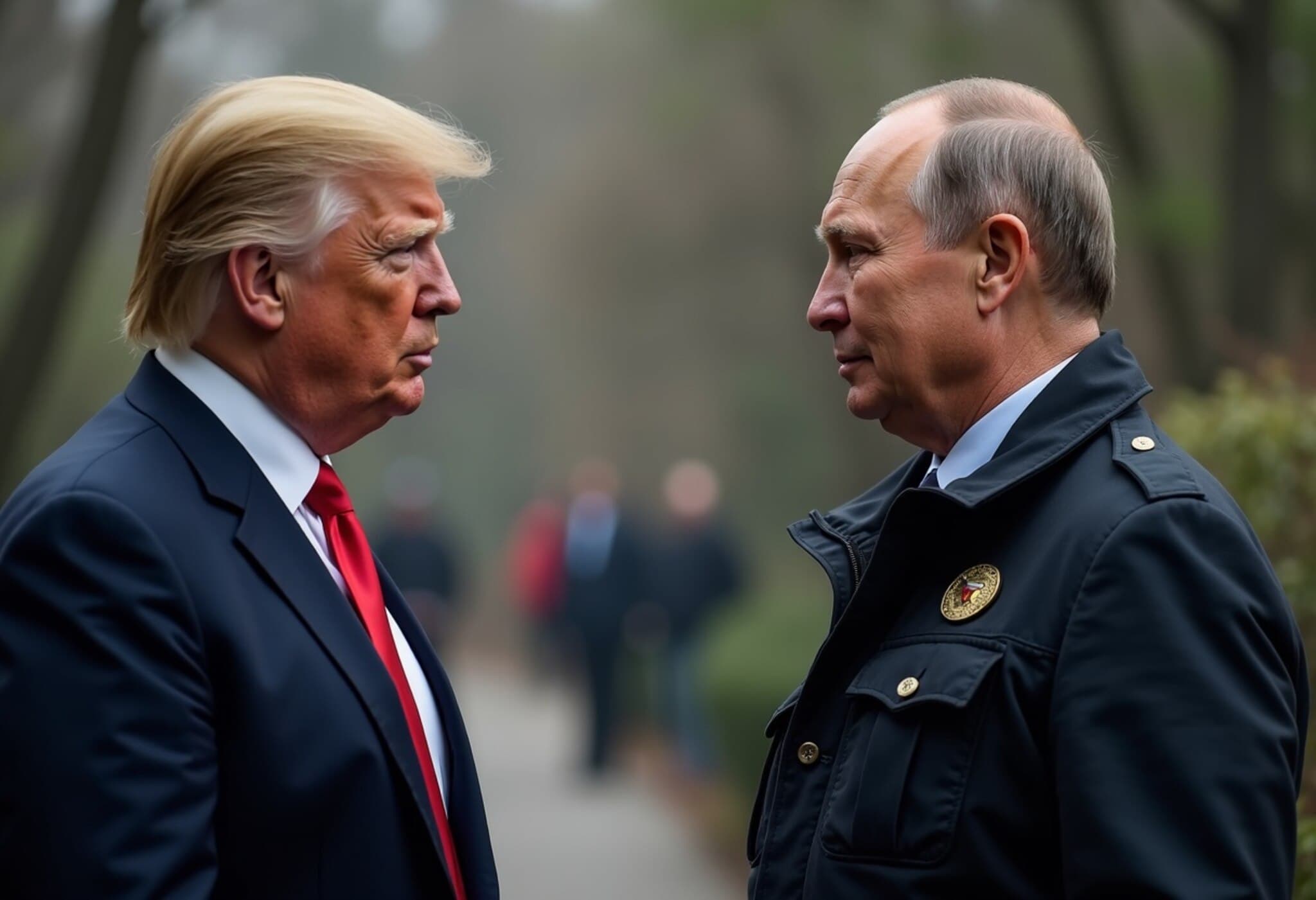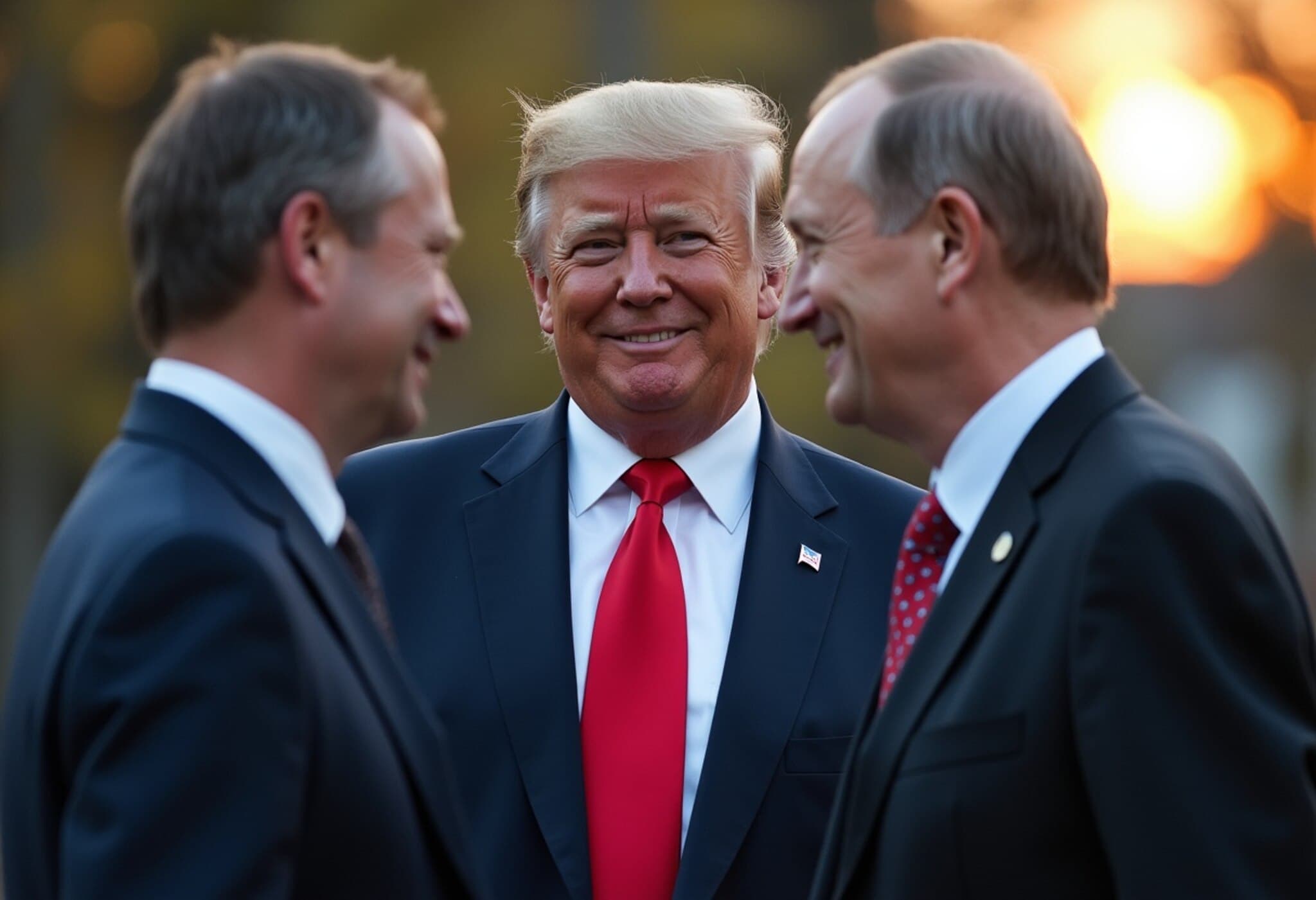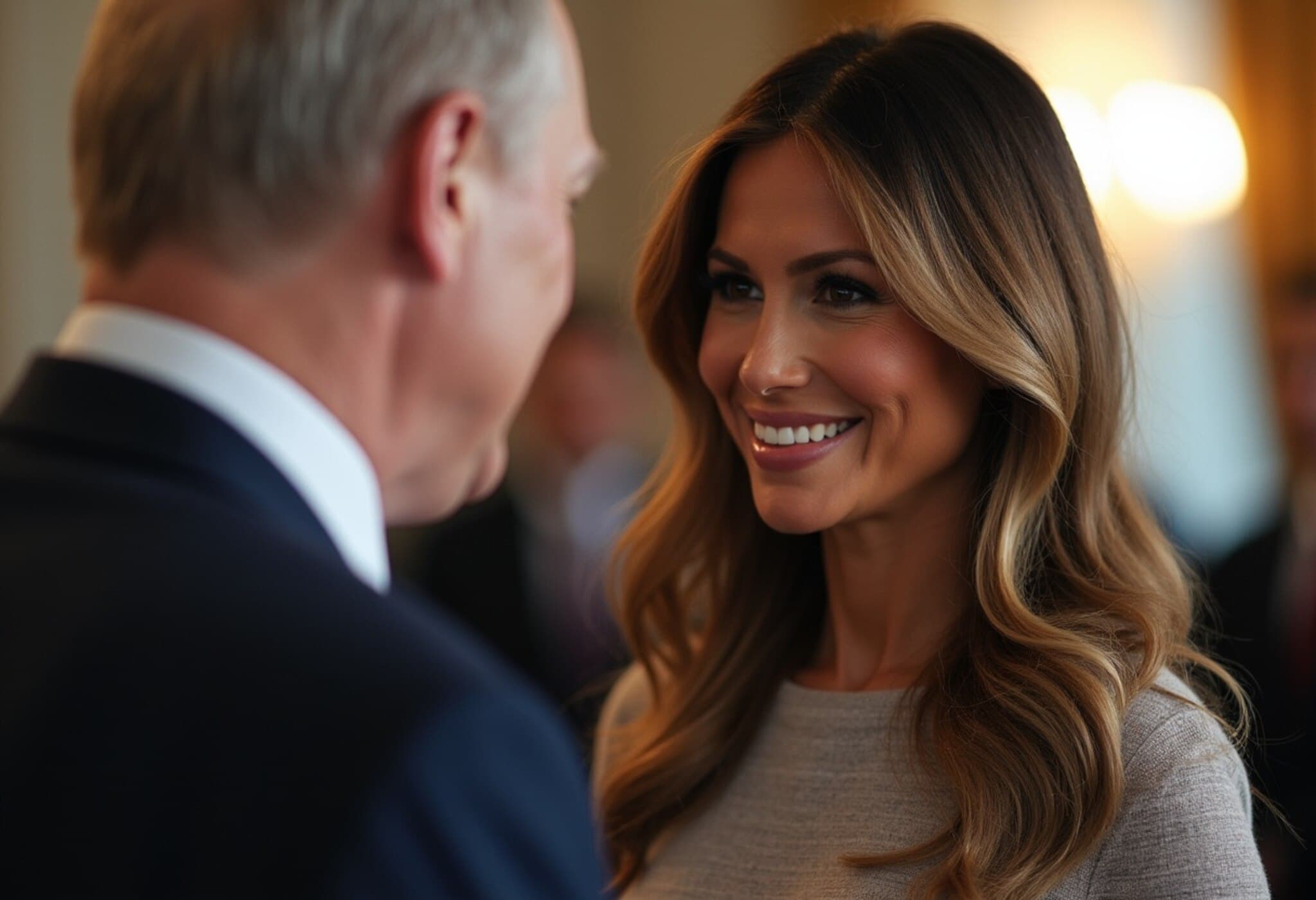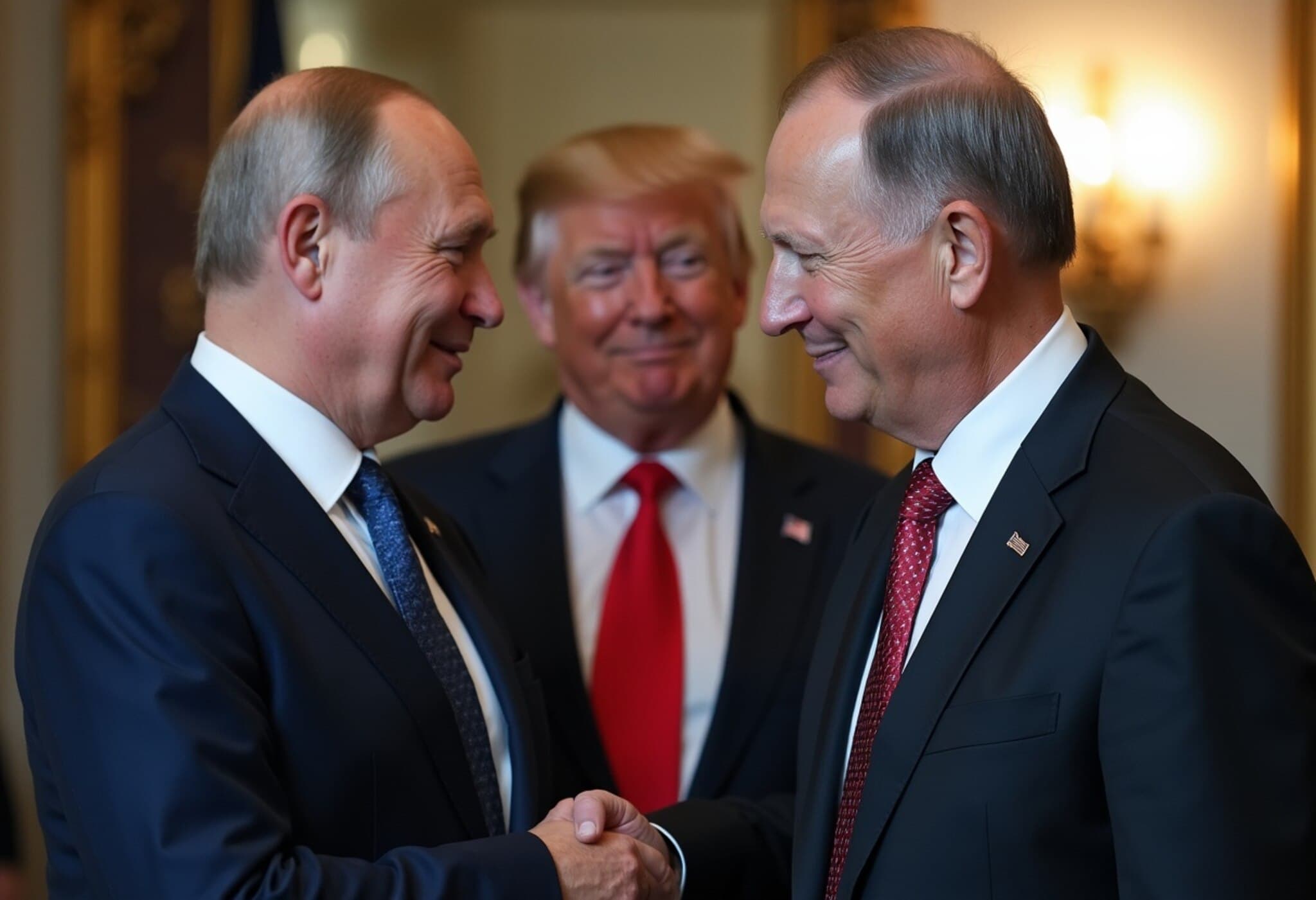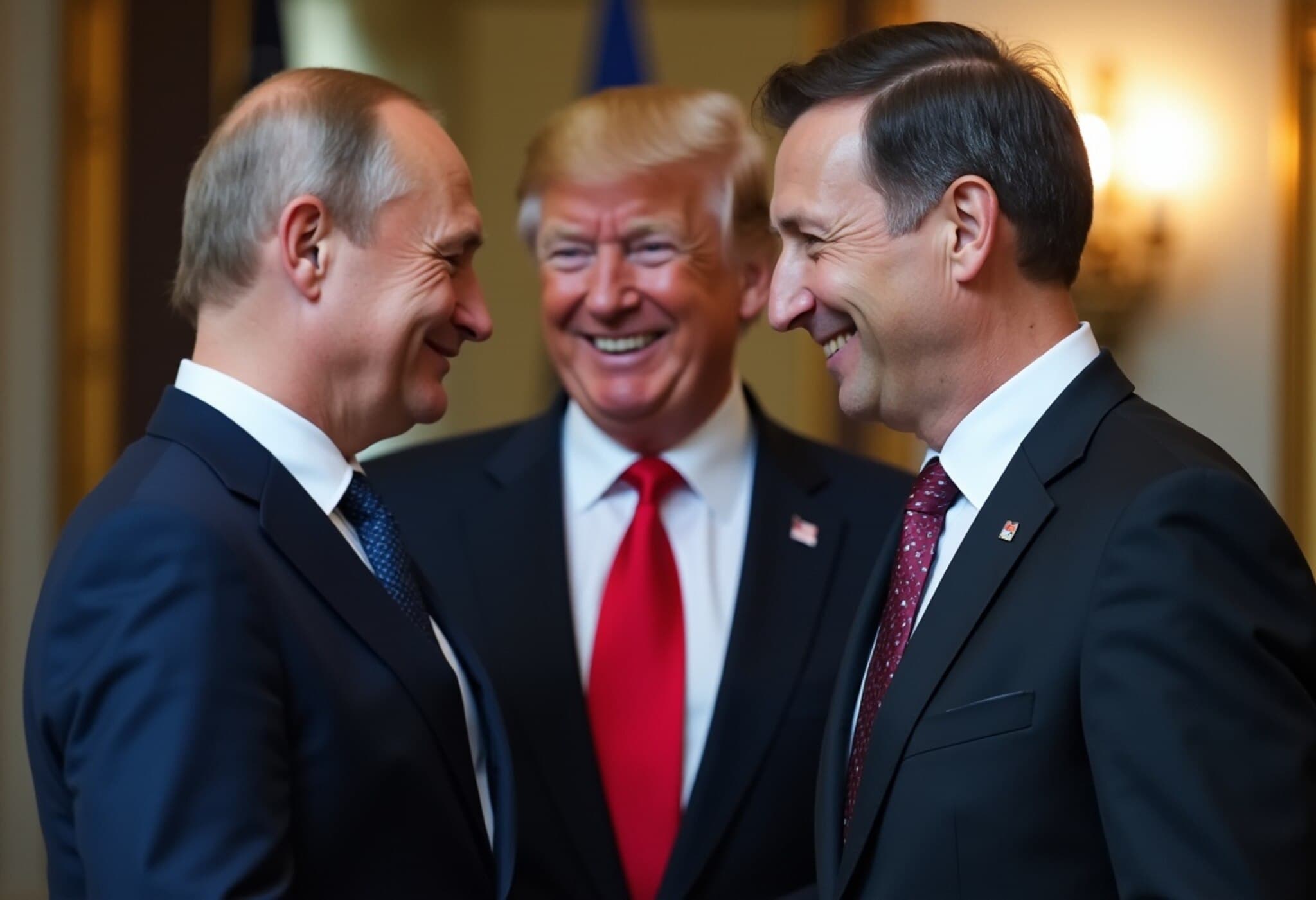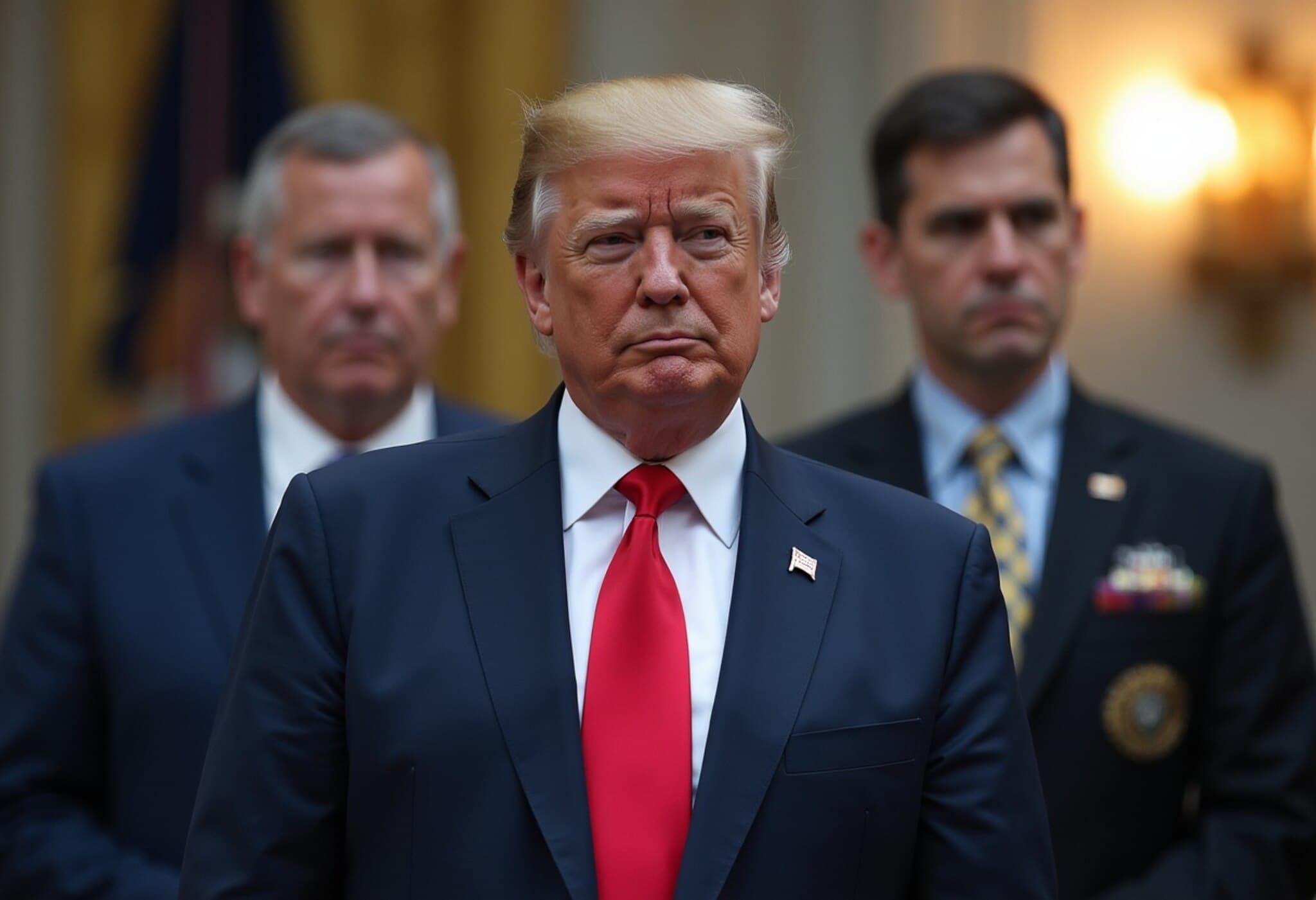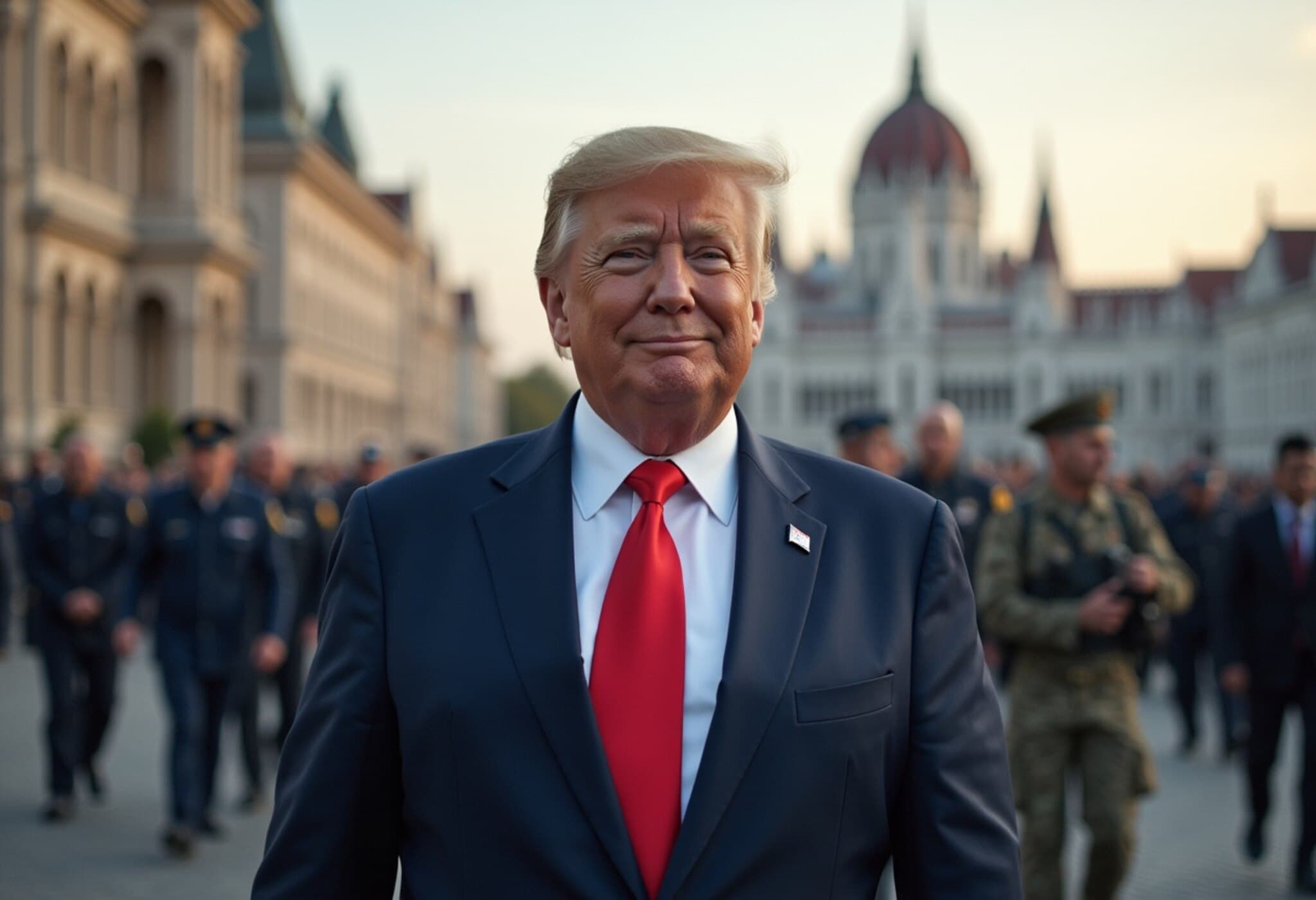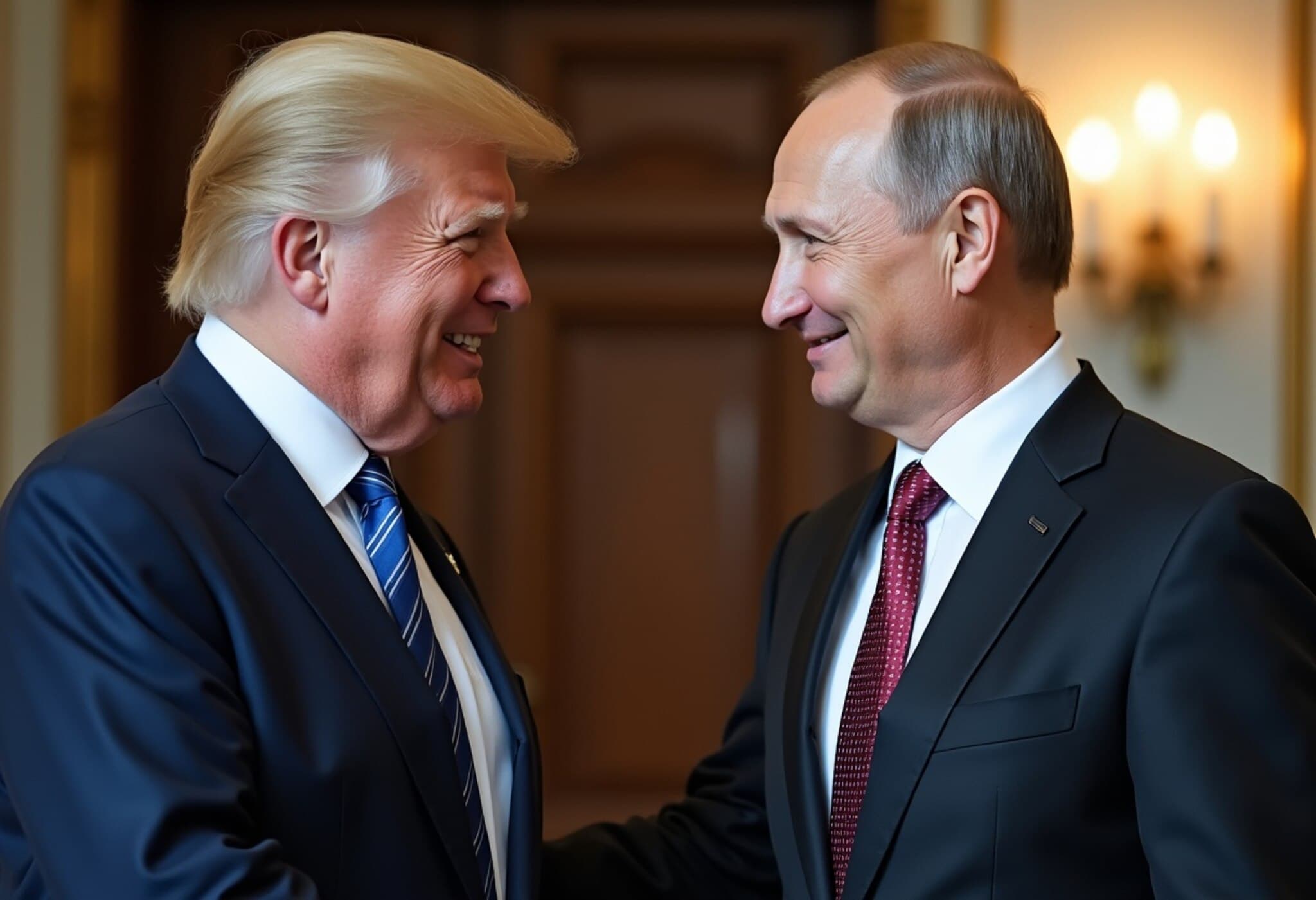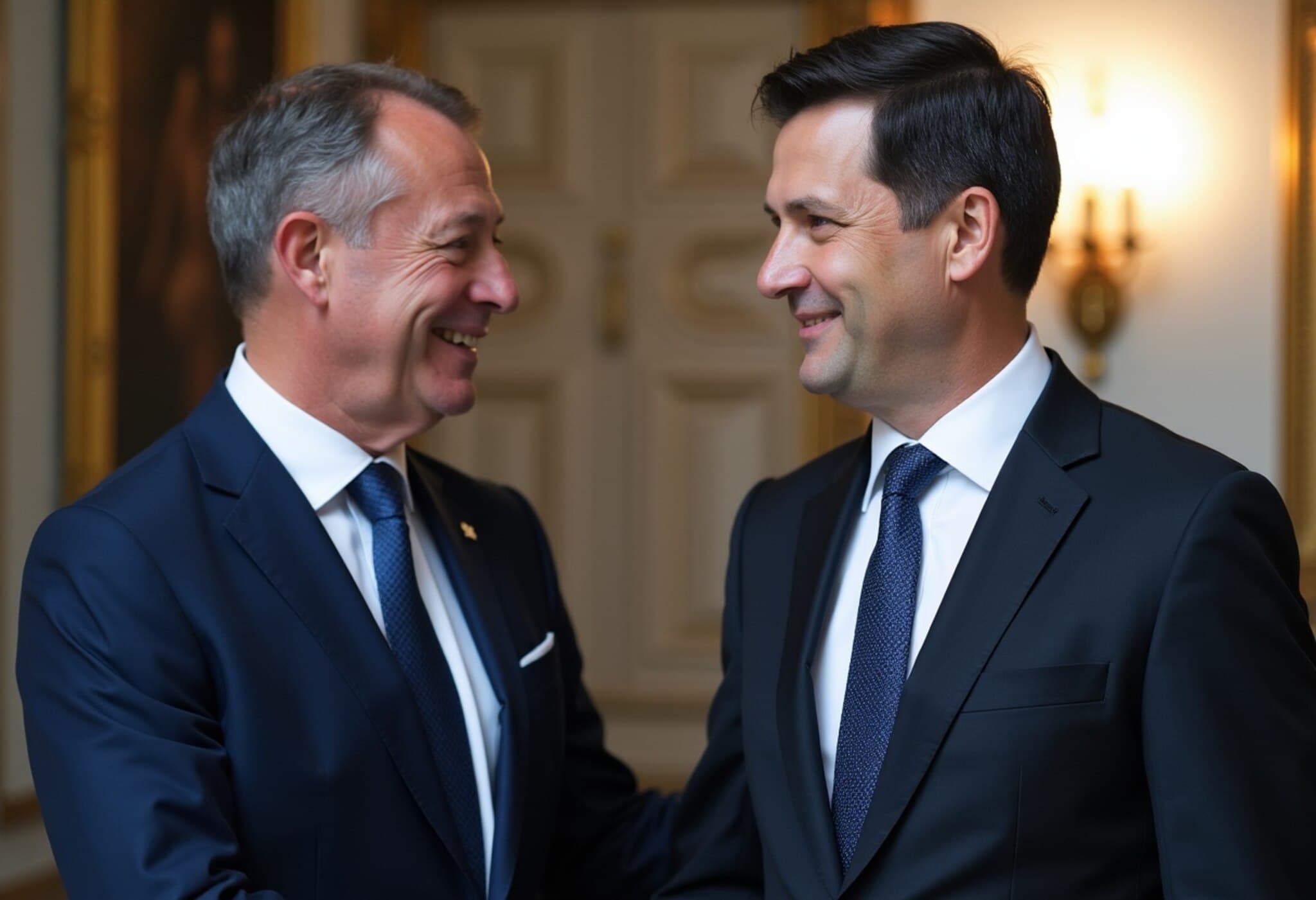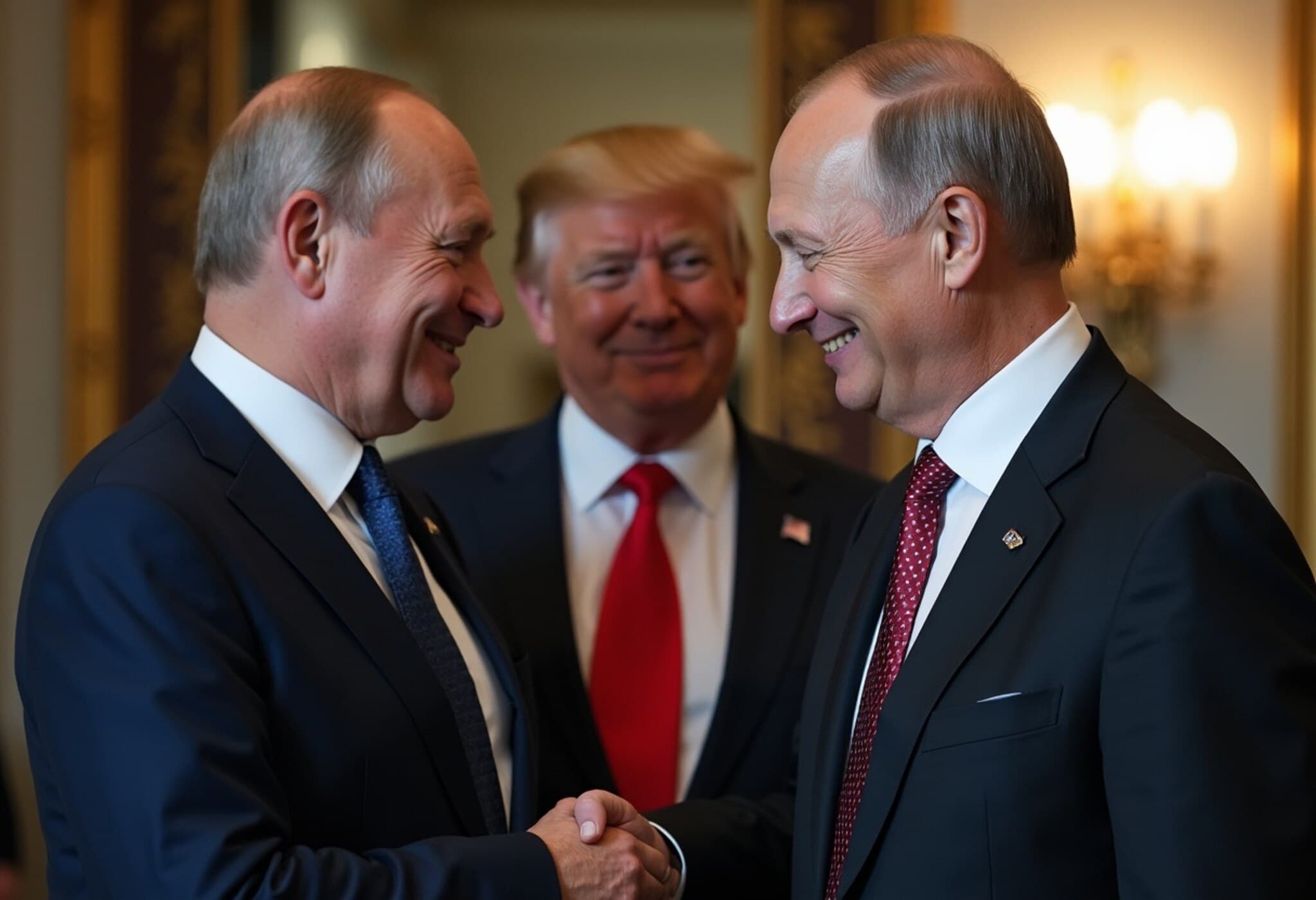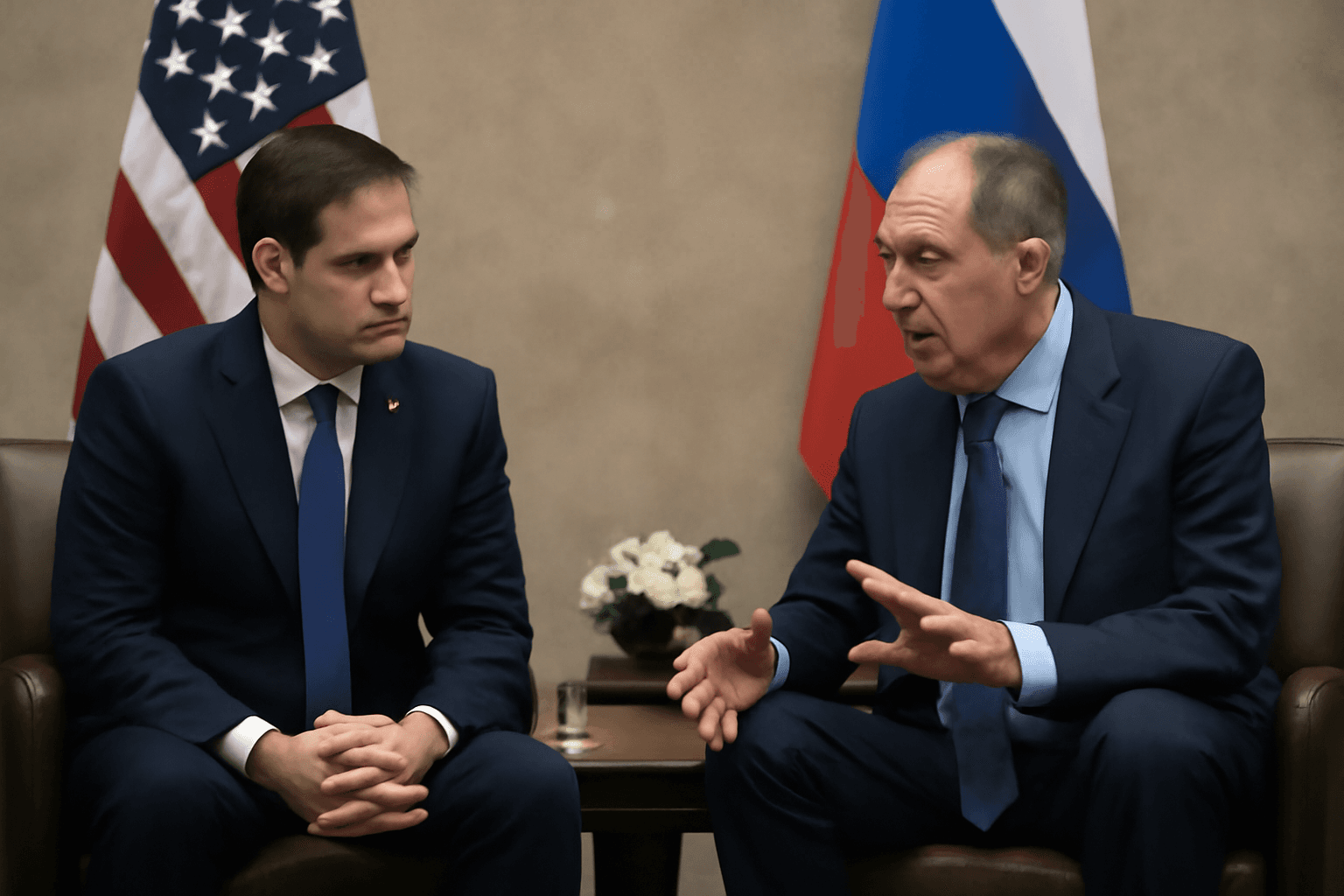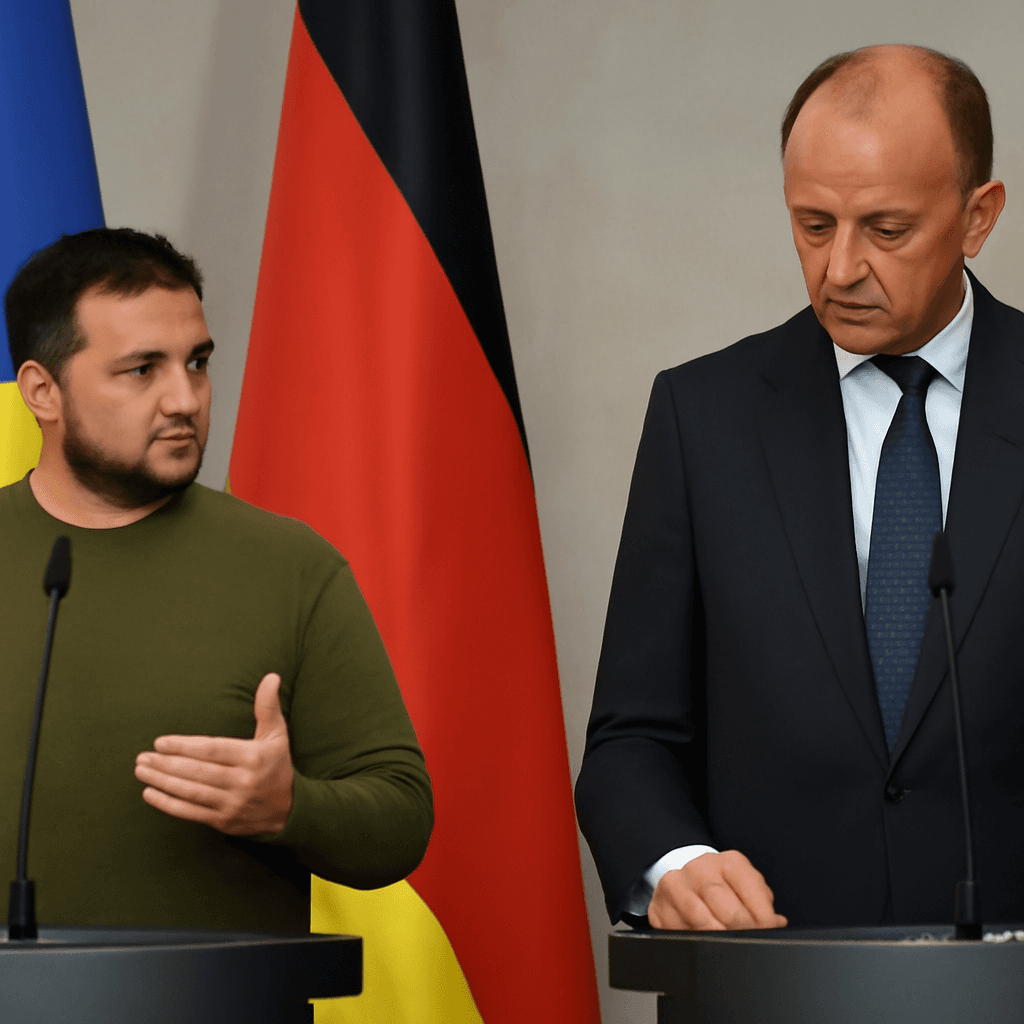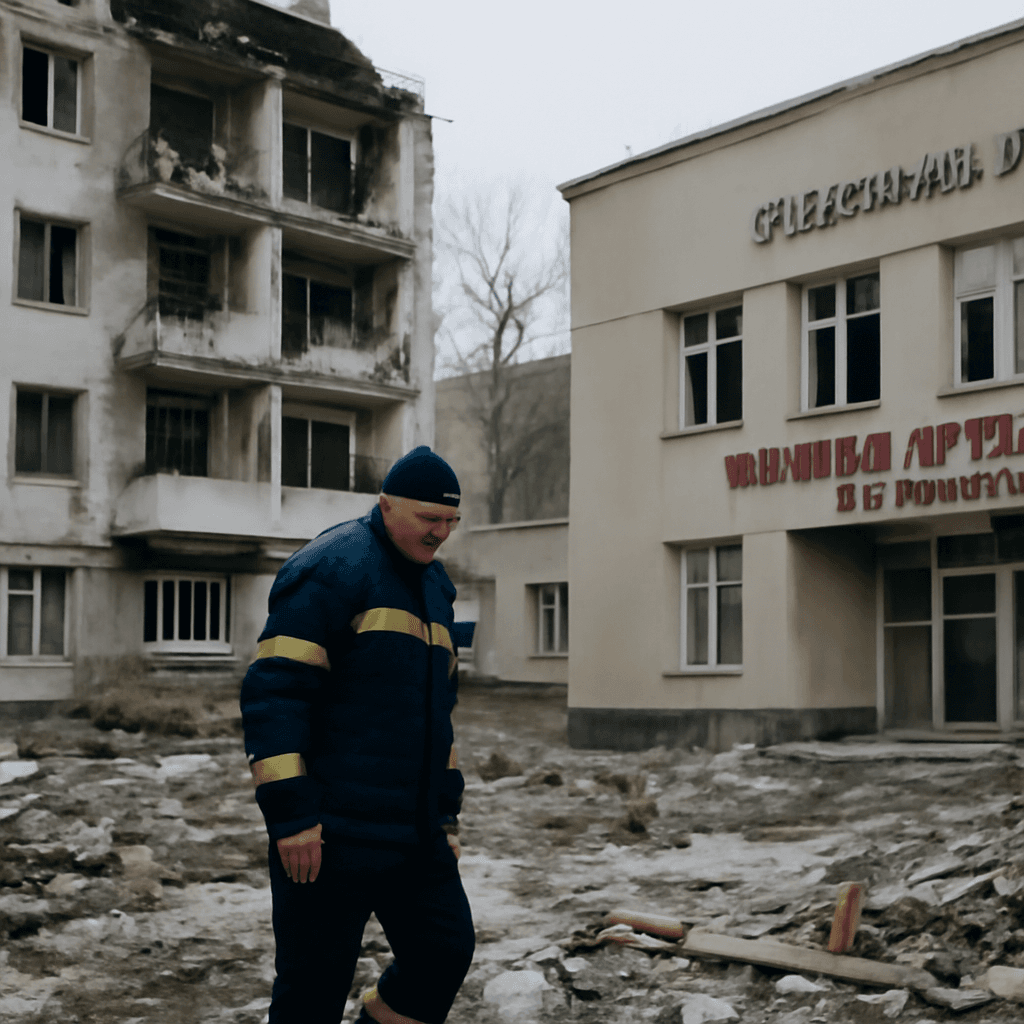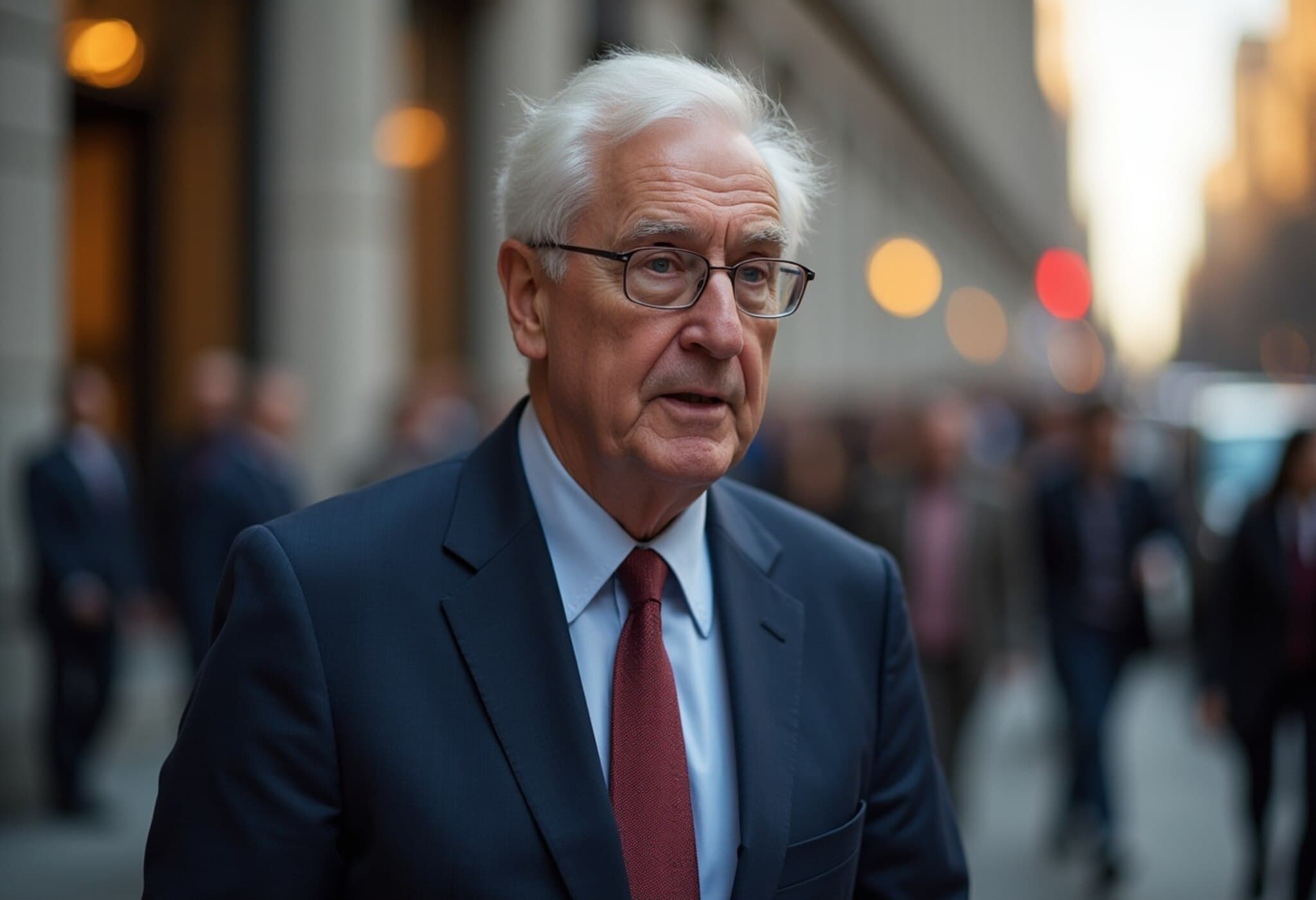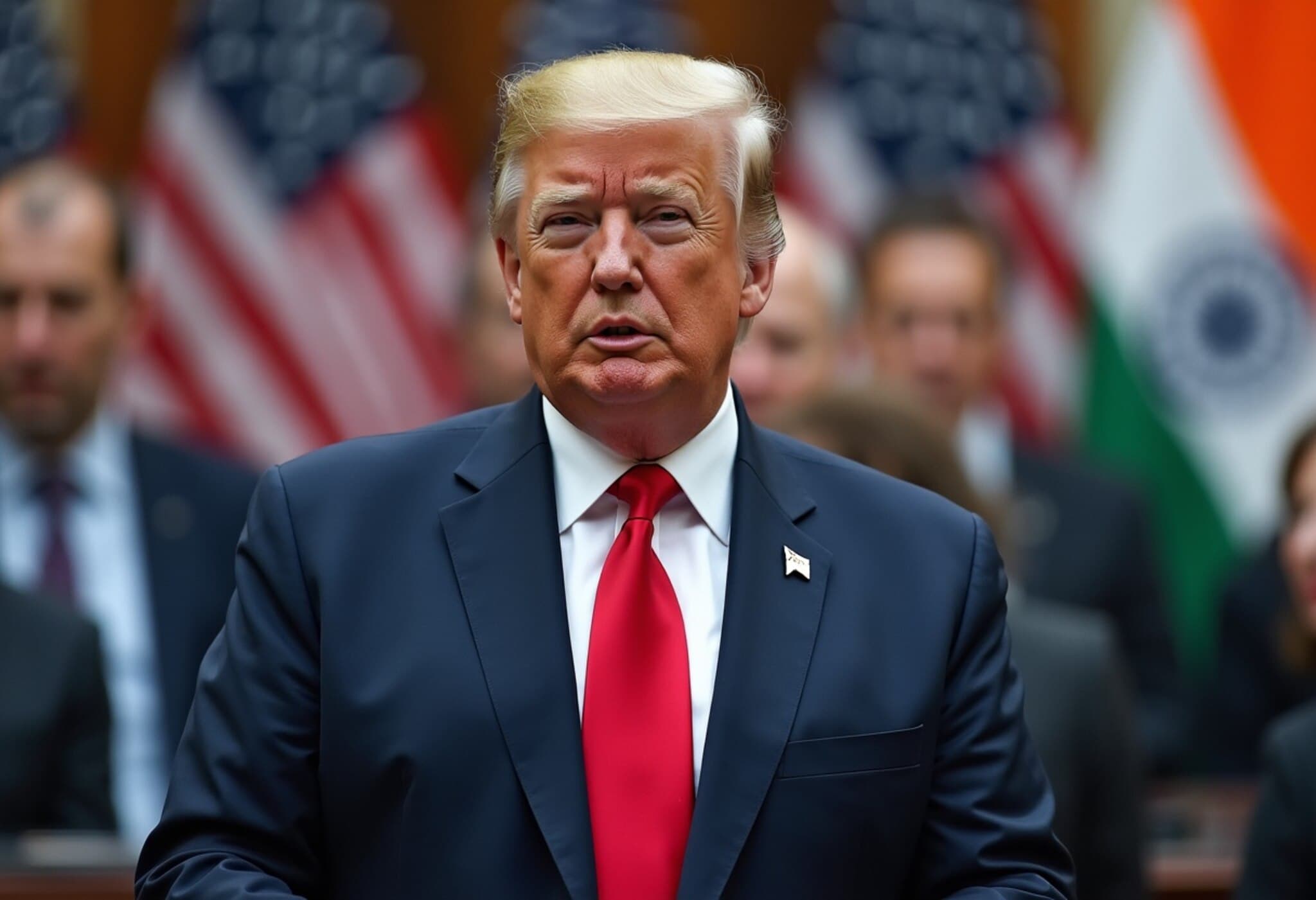Trump Sets August 8 Deadline for Russia-Ukraine Peace Accord
In a firm message delivered to the international community, former US President Donald Trump, through senior diplomats, has imposed a critical deadline for Russia and Ukraine to negotiate an end to their ongoing conflict. On July 31, 2025, the United States conveyed to the United Nations Security Council its expectation for a peace deal by August 8, warning that failure to meet this date could trigger new economic and political measures.
US Diplomatic Pressure Intensifies Amid Stalled Negotiations
John Kelley, a senior US diplomat addressing the 15-member UN Security Council, emphasized that both Russia and Ukraine must come to the table immediately for a ceasefire and sustainable peace. The US is prepared to implement “additional measures” — widely interpreted as tariffs, sanctions, or other economic restrictions — to accelerate negotiations and bring lasting resolution.
Trump’s urgency comes after a series of talks between Moscow and Kyiv that, while facilitating some humanitarian exchanges such as prisoner swaps, have thus far failed to halt the nearly three-year conflict. The peace negotiations held in Istanbul earlier this year have not produced a significant breakthrough, reflecting entrenched positions on both sides.
Russia Maintains Commitment to Dialogue, Criticizes Western Stance
Russia’s deputy UN Ambassador Dmitry Polyanskiy reaffirmed his country’s intention to continue discussions in Istanbul. However, he criticized Western countries, suggesting that diplomatic efforts are sometimes used as tools for political pressure rather than sincere attempts to end the war. Polyanskiy remarked, “Despite the meetings in Istanbul, the war party in the West did not disappear...” highlighting ongoing distrust and geopolitical tensions.
Ukraine Demands Unified Global Response
On the other hand, Ukraine's deputy UN Ambassador Khrystyna Hayovyshyn called for resolute action and unwavering international unity. She asserted that a full, immediate, and unconditional ceasefire is indispensable to stop Russia’s war of aggression. Hayovyshyn stressed that peace must be comprehensive, just, and anchored in the principles of the United Nations Charter.
Contextual Insights: The Stakes Behind the Deadline
This looming deadline set by Trump is not just a symbolic diplomatic gesture but signals a potential pivot in US foreign policy strategy towards Russia and Ukraine. Historically, deadlines can sometimes spur progress — but they also risk hardening positions if perceived as ultimatums rather than invitations to dialogue.
Moreover, the role of the US in facilitating or pressuring negotiations comes with complex calculations. The prospect of new sanctions or tariffs as enforcement tools raises concerns about economic fallout, particularly in already strained global supply chains and energy markets. For American policymakers, balancing deterrence against Moscow with support for Kyiv’s sovereignty remains key.
What Remains Underreported?
- Human impact: Beyond geopolitics, millions of civilians in Ukraine continue to face displacement, poverty, and insecurity—issues often overshadowed by headline-focused diplomacy.
- Internal divisions: How the deadline affects factions within Russia and Ukraine, including nationalist and diplomatic circles, remains unclear.
- Long-term peace architecture: What mechanisms will ensure any deal’s durability beyond a fragile ceasefire?
Looking Ahead: Can August 8 Mark a Turning Point?
Whether this August 8 deadline will catalyze a genuine peace settlement or exacerbate tensions awaits to be seen. However, the declaration undeniably injects a sense of urgency into a conflict that has cost thousands of lives and reshaped European security dynamics.
For US audiences and global watchers alike, this moment raises essential questions about the effectiveness of deadline diplomacy, the risks of escalation, and the profound human costs underlying the headlines.
Editor's Note
As the August 8 deadline approaches, the world watches with bated breath. This saga not only tests diplomatic resolve but also challenges the international community’s ability to reconcile competing interests for peace. Will economic pressure succeed where diplomacy has faltered? Can international unity hold firm? These questions outline the difficult path ahead, inviting deeper engagement beyond the surface rhetoric.

